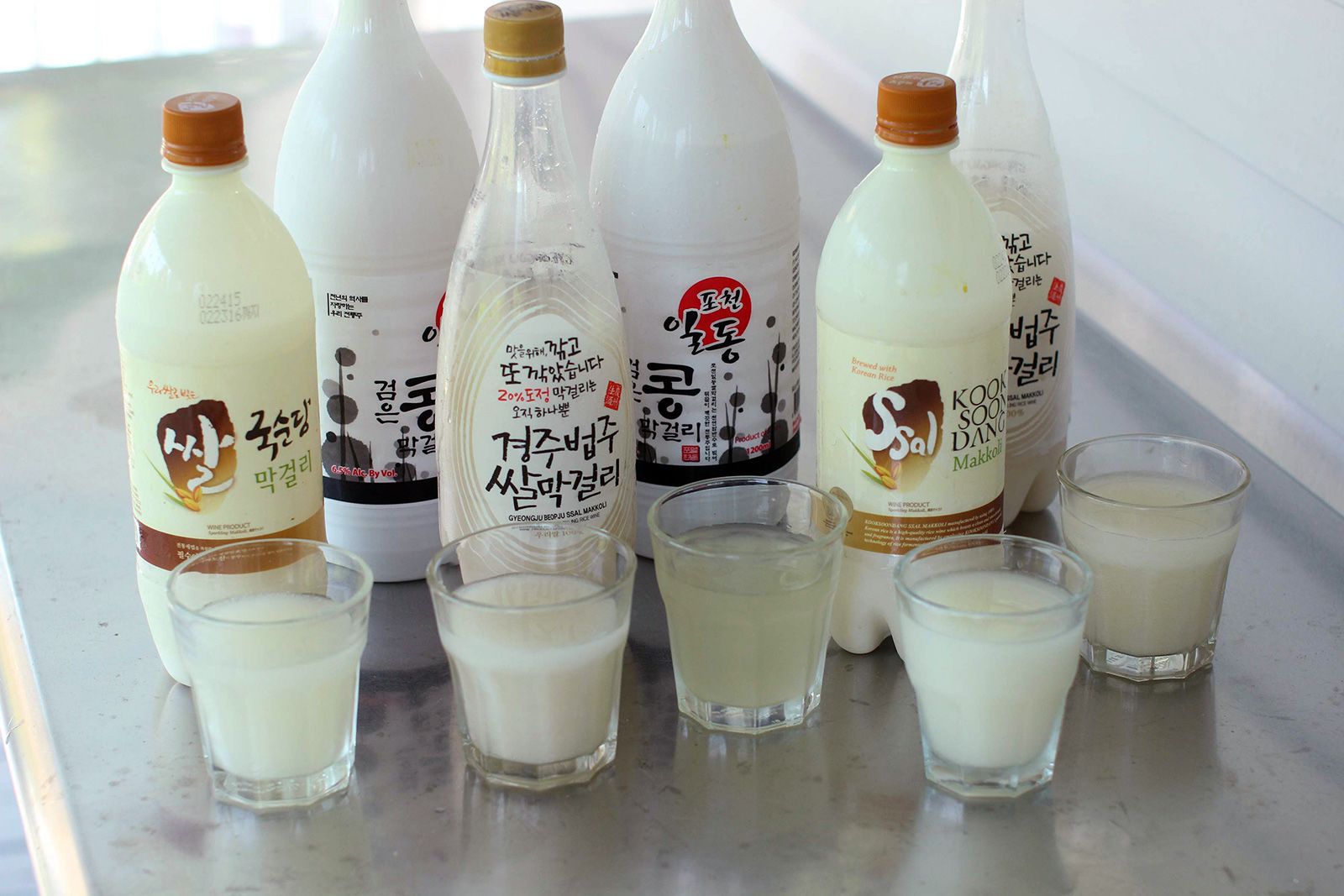prekforalldc.org – Makgeolli, a traditional Korean rice wine, is a beloved beverage that has been enjoyed for centuries. Known for its milky appearance and slightly sweet, tangy taste, makgeolli offers a unique drinking experience that is deeply rooted in Korean culture. As one of Korea’s oldest alcoholic drinks, it holds a special place in the hearts of many and is often associated with communal gatherings and celebrations.
The Art of Brewing Makgeolli
Makgeolli is made from fermented rice, water, and nuruk, a traditional Korean fermentation starter. The brewing process involves steaming rice, mixing it with water and nuruk, and allowing it to ferment for several days. This fermentation process produces a beverage that is naturally carbonated, giving makgeolli its characteristic effervescence.
The result is a drink with a low alcohol content, typically around 6-8%, making it a light and refreshing option. Its flavor profile is complex, combining sweetness, acidity, and a subtle earthiness from the fermentation process. The unique, creamy texture of makgeolli is due to the unfiltered nature of the drink, which retains rice sediments that give it its distinctive cloudy appearance.
A Cultural Staple
Makgeolli has long been a staple in Korean society, enjoyed by people of all ages and social classes. Traditionally, it was consumed by farmers and laborers as a nourishing and affordable source of energy after a hard day’s work. Today, it is enjoyed by many as a versatile beverage that pairs well with a variety of foods.
In Korea, makgeolli is often served in a communal bowl with a ladle, emphasizing the importance of sharing and togetherness. It is commonly consumed with dishes like pajeon (Korean savory pancakes) and kimchi, enhancing the flavors of these traditional foods.
Modern Revival
In recent years, makgeolli has experienced a revival both in Korea and internationally. Artisanal and craft makgeolli breweries have emerged, offering a wide range of flavors and variations that appeal to modern tastes. Some producers experiment with additional ingredients like fruits and herbs, creating innovative twists on the classic recipe.
This resurgence has introduced makgeolli to a new generation of enthusiasts, who appreciate its rich history and unique taste. The drink’s popularity has also spread beyond Korea’s borders, as more people around the world discover its charm and versatility.
Conclusion
Makgeolli is more than just a beverage; it is a symbol of Korean heritage and tradition. Its creamy texture, effervescent character, and complex flavors make it a unique and delightful experience for those who try it. Whether sipped in a traditional setting or enjoyed as part of a modern culinary adventure, makgeolli continues to captivate and delight, offering a taste of Korea’s rich cultural tapestry.
